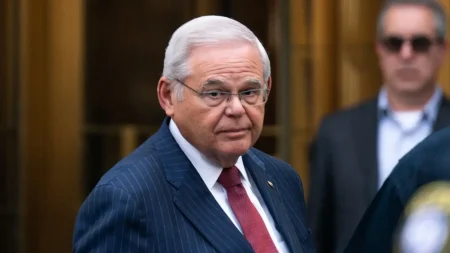Federal Reserve Expected to Cut Interest Rates Despite Mixed Economic Signals
The Federal Reserve is poised to lower interest rates for the first time this year, marking a significant shift in monetary policy despite receiving conflicting data about the state of the U.S. economy. After maintaining elevated rates to combat inflation, Fed officials appear ready to pivot toward supporting economic growth, even as certain economic indicators continue to show resilience. Financial markets have largely priced in this anticipated rate cut, reflecting widespread expectation that the central bank will begin easing its tight monetary stance.
This expected rate reduction comes at a complex economic moment. While inflation has gradually cooled from its post-pandemic peak, it remains above the Fed’s 2% target. The labor market presents a particularly puzzling picture – job growth has slowed but unemployment remains relatively low, wages continue to rise modestly, and consumer spending has shown remarkable staying power. This mixed economic landscape has created debates among policymakers about the appropriate timing and magnitude of rate adjustments, with some analysts questioning whether cutting rates now is premature or precisely what the economy needs to achieve a “soft landing.”
The Fed’s decision reflects a delicate balancing act between addressing lingering inflation concerns and preventing unnecessary economic pain. Chair Jerome Powell and other officials have increasingly signaled their belief that maintaining high interest rates for too long risks damaging the labor market and potentially triggering a recession. This shift in focus represents a notable evolution in the Fed’s approach, suggesting growing confidence that inflation is on a sustainable downward path and greater concern about protecting employment and economic momentum. The challenge lies in calibrating policy just right – cutting rates too quickly could reignite inflation, while moving too slowly might unnecessarily constrain growth.
Global economic considerations are also influencing the Fed’s calculus. Central banks worldwide have begun easing their monetary policies in response to cooling inflation and economic concerns, creating pressure for the Fed to follow suit or risk an overly strong dollar that could harm U.S. exports and corporate profits. Additionally, political considerations inevitably loom in the background during an election year, though the Fed maintains its independence and decision-making based on economic data rather than political pressure. Business leaders and consumers alike are watching closely, as lower rates would affect everything from mortgage costs to business investment decisions.
Market reactions to the anticipated rate cut have been notable, with stocks experiencing volatility as investors adjust portfolios in anticipation of changing monetary conditions. Bond markets have already reflected expectations of lower rates, while sectors particularly sensitive to interest rates, such as housing and technology, could see significant impacts from the Fed’s policy shift. The central bank’s communication about future rate cuts will be scrutinized just as closely as the initial reduction itself, as Powell’s signals about the path forward will shape market expectations and economic planning across industries.
Ultimately, this potential rate cut represents more than just a technical adjustment – it symbolizes the Fed’s assessment of where the economy stands after an extraordinary period of pandemic disruption, inflation struggles, and aggressive monetary tightening. The decision reflects a calculated judgment that the risks have shifted from runaway inflation toward potential economic slowdown. As households and businesses navigate the changing financial landscape, the effectiveness of this policy pivot will be measured by whether the economy can maintain growth momentum while inflation continues its gradual descent toward target levels. The coming months will reveal whether this delicate recalibration achieves the elusive soft landing that policymakers have sought throughout this challenging economic cycle.










